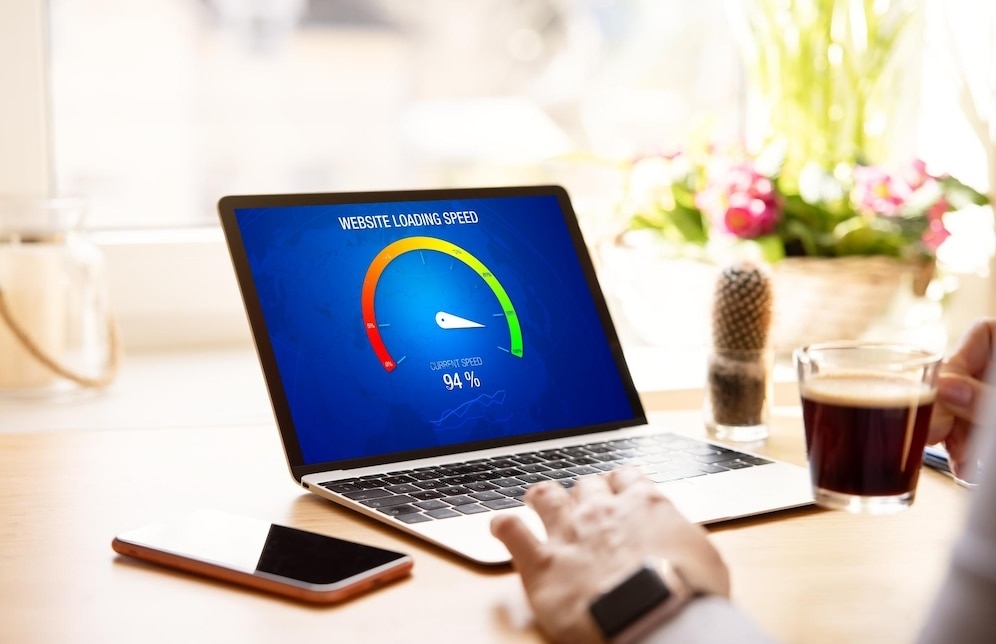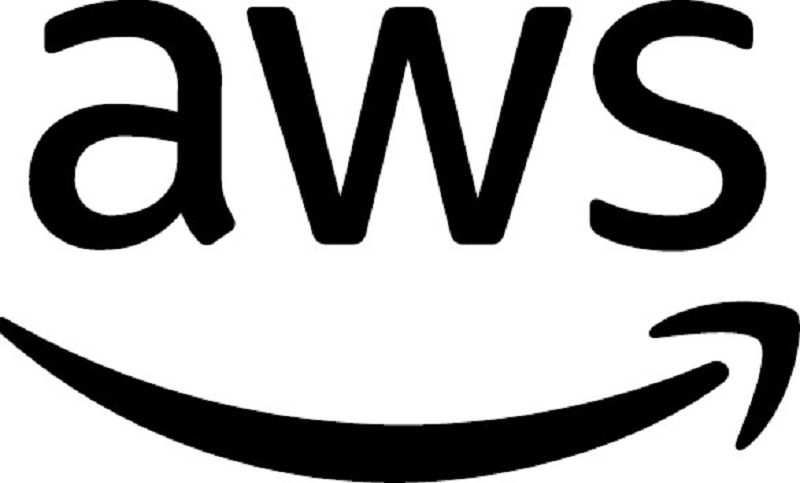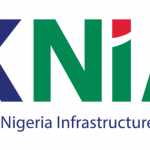Technology
Boosting Website Performance: Tips for Speed and Efficiency

By Rahul Baitha
In today’s digital age, where instant gratification is the norm, website performance plays a critical role in delivering a positive user experience. Visitors expect websites to load quickly and respond seamlessly to their interactions.
If your website lags or stumbles, you risk losing valuable traffic and potential customers. As a web designer or business owner, optimizing your website’s performance should be a top priority. In this comprehensive guide, we’ll explore essential tips and techniques to boost your website’s speed and efficiency.
Understanding Website Performance
Before diving into optimization strategies, it’s essential to grasp the fundamentals of website performance. Several key factors contribute to how users perceive your site’s speed and efficiency:
1. Page Load Time
Page load time refers to the time it takes for a web page to fully display its content in a user’s browser. Studies have shown that even a one-second delay in page load time can result in higher bounce rates and decreased user satisfaction.
2. Responsiveness
Website responsiveness pertains to how quickly a website reacts to user interactions. It includes smooth scrolling, swift navigation between pages, and immediate response to clicks or taps. Responsiveness is critical for retaining user engagement.
3. Server Response Time
Server response time measures how long it takes for a web server to respond to a user’s request. Slow server response times can lead to delayed page loading and frustrated users.
4. Mobile Optimization
With the increasing use of mobile devices, ensuring that your website performs well on smartphones and tablets is essential. Mobile users are particularly sensitive to slow-loading pages.
5. Overall User Experience
Ultimately, website performance contributes to the overall user experience. A fast and efficient website fosters a positive impression and encourages users to explore further, engage with your content, and take desired actions, such as making a purchase or filling out a contact form.
The Importance of Speed
Why is speed such a crucial aspect of website performance? Let’s delve into the various reasons:
1. User Expectations
Modern internet users expect websites to load quickly. When a site doesn’t meet these expectations, users are more likely to abandon it and seek alternatives. A fast-loading site keeps visitors engaged and satisfied.
2. Search Engine Rankings
Search engines like Google consider page speed as a ranking factor. Websites that load faster tend to rank higher in search results. Improved rankings lead to increased organic traffic.
3. Mobile Friendliness
Mobile devices account for a significant portion of internet traffic. Slow-loading sites frustrate mobile users, resulting in higher bounce rates. Ensuring your site’s mobile-friendliness is crucial for retaining this audience.
4. Conversion Rates
Website speed directly impacts conversion rates. Whether you’re selling products, collecting leads, or encouraging user interactions, a faster website increases the likelihood of successful conversions.
Now that we understand the importance of website performance, let’s explore actionable strategies to optimize your site’s speed and efficiency.
Tips for Speed and Efficiency
1. Choose the Right Hosting Provider
Your choice of hosting provider plays a pivotal role in your website’s performance. Opt for a reputable hosting company that offers high-speed servers, efficient resource allocation, and excellent customer support. Consider your website’s specific needs, such as bandwidth and storage requirements.
2. Optimize Images
Large images can significantly slow down your website. Use image compression techniques to reduce file sizes without compromising quality. Additionally, specify image dimensions to prevent page layout shifts while images load.
3. Minimize HTTP Requests
Each element on a web page, including images, scripts, and stylesheets, requires an HTTP request. Minimizing these requests can dramatically improve load times. Combine multiple CSS and JavaScript files into a single file to reduce HTTP requests.
4. Leverage Browser Caching
Browser caching allows returning visitors to load your site faster by storing elements like images and stylesheets locally. Implement caching headers in your server configuration to enable browser caching.
5. Use Content Delivery Networks (CDNs)
CDNs distribute your website’s content across multiple servers worldwide. This reduces server load and decreases the physical distance between users and your site’s files, resulting in faster load times.
6. Enable GZIP Compression
GZIP compression reduces the size of HTML, CSS, and JavaScript files before they’re sent to the browser. This minimizes data transfer times and improves overall website speed.
7. Minimize Redirects
Redirects can add extra HTTP requests and delay page loading. Limit the use of redirects and ensure they point to the correct destination.
8. Optimize Code
Clean and efficient code improves website performance. Remove unnecessary or redundant code, and ensure that scripts are placed at the bottom of your HTML document to prevent render-blocking.
9. Monitor and Test
Regularly monitor your website’s performance using tools like Google PageSpeed Insights, GTmetrix, or Pingdom. Conduct performance tests and address any issues or bottlenecks promptly.
10. Prioritize Mobile Optimization
Given the prevalence of mobile users, prioritize mobile optimization. Implement responsive design practices, test your site on various mobile devices, and ensure fast load times on smartphones and tablets.
Conclusion
Website performance is not a one-time task but an ongoing commitment to providing an exceptional user experience. As a web designer, developer, or business owner, optimizing your website’s speed and efficiency is essential for attracting and retaining visitors, improving search engine rankings, and boosting conversion rates. By following the tips outlined in this guide, you can ensure that your website not only meets but exceeds user expectations. Remember, in the digital realm, speed is often the difference between success and missed opportunities.
Boosting your website’s performance is a universal goal, whether you’re a web designer in Kolkata, a business owner in New York, or a blogger in London. Implement these strategies, and you’ll be on your way to a faster, more efficient website that delights your audience and achieves your online goals.
Technology
Lagos’ Team Nevo Wins 3MTT Southwest Regional Hackathon

By Adedapo Adesanya
Lagos State’s representative, Team Nevo, won the 3 Million Technical Talent (3MTT) South-West Regional Hackathon, on Tuesday, December 9, 2025.
The host state took the victory defeating pitches from other south west states, including Oyo, Ogun, Osun, Ekiti, and Ondo States.
This regional hackathon was a major moment for the 3MTT Programme, bringing together young innovators from across the South-West to showcase practical solutions in AI, software development, cybersecurity, data analysis, and other key areas of Nigeria’s digital future.
Launched by the Federal Ministry of Communications, Innovation, and Digital Economy, the hackathon brought together talented young innovators from across the Southwest region to showcase their digital solutions in areas such as Artificial Intelligence (AI)/Machine Learning, software development, data analysis, and cybersecurity, among others.
“This event not only highlights the potential of youth in South West but also advances the digital economy, fosters innovation, and creates job opportunities for our young people,” said Mr Oluwaseyi Ayodele, the Lagos State Community Manager.
Winning the hackaton was Team Nevo, made up of Miss Lydia Solomon and Mr Teslim Sadiq, whose inclusive AI learning tool which tailors academic learning experiences to skill sets of students got the top nod, with N500,000 in prize money.
Team Oyo represented by Microbiz, an AI business tool solution, came in second place winning N300,000 while Team Ondo’s Fincoach, a tool that guides individuals and businesses in marking smarter financial decisions, came third with N200,000 in prize money.
Others include The Frontiers (Team Osun), Ecocycle (Team Ogun), and Mindbud (Team Ekiti).
Speaking to Business Post, the lead pitcher for Team Nevo, Miss Solomon, noted, “It was a very lovely experience and the opportunity and access that we got was one of a kind,” adding that, “Expect the ‘Nevolution’ as we call it, expect the transformation of the educational sector and how Nevo is going to bring inclusion and a deeper level of understanding and learning to schools all around Nigeria.”
Earlier, during his keynote speech, the chief executive officer (CEO) of Sterling Bank, Mr Abubakar Suleiman, emphasised the need for Nigeria’s budding youth population to tap into the country’s best comparative advantage, drawing parallels with commodities and resources like cocoa, soyabeans, and uranium.
“Tech is our best bet to architect a comparative advantage. The work we are doing with technologies are very vital to levelling the playing field.”
Technology
re:Invent 2025: AWS Excites Tech Enthusiasts With Graviton5 Unveiling

By Aduragbemi Omiyale
One of the high points of the 2025 re:Invent was the unveiling of Graviton5, the fifth generation of custom Arm-based server processors from Amazon Web Services (AWS).
Many tech enthusiasts believe that the company pushed the limits with Graviton5, its most powerful and efficient CPU, frontier agents that can work autonomously for days, an expansion of the Amazon Nova model family, Trainium3 UltraServers, and AWS AI Factories suitable for implementing AI infrastructure in customers’ existing data centres.
Graviton5—the company’s most powerful and efficient CPU
As cloud workloads grow in complexity, organizations face a persistent challenge to deliver faster performance at lower costs and meet sustainability commitments without trade-offs.
AWS’ new Graviton5-based Amazon EC2 M9g delivers up to 25% higher performance than its previous generation, with 192 cores per chip and 5x larger cache.
For the third year in a row, more than half of new CPU capacity added to AWS is powered by Graviton, with 98 per cent of the top 1,000 EC2 customers—including Adobe, Airbnb, Epic Games, Formula 1, Pinterest, SAP, and Siemens—already benefiting from Graviton’s price performance advantages.
Expansion of Nova family of models and pioneers “open training” with Nova Forge
Amazon is expanding its Nova portfolio with four new models that deliver industry-leading price-performance across reasoning, multimodal processing, conversational AI, code generation, and agentic tasks. Nova Forge pioneers “open training,” giving organizations access to pre-trained model checkpoints and the ability to blend proprietary data with Amazon Nova-curated datasets.
Nova Act achieves breakthrough 90% reliability for browser-based UI automation workflows built by early customers. Companies like Reddit are using Nova Forge to replace multiple specialized models with a single solution, while Hertz accelerated development velocity by 5x with Nova Act.
Addition of 3 frontier agents, a new class of AI agents that work as an extension of your software development team
Frontier agents represent a step-change in what agents can do. They’re autonomous, scalable, and can work for hours or days without intervention. AWS announced three frontier agents—Kiro autonomous agent, AWS Security Agent, and AWS DevOps Agent. Kiro autonomous agent acts as a virtual developer for your team, AWS Security Agent is your own security consultant, and AWS DevOps Agent is your on-call operational team.
Companies, including Commonwealth Bank of Australia, SmugMug, and Wester Governors University have used one or more of these agents to transform the software development lifecycle.
Unveiling Trainium3 UltraServers
As AI models grow in size and complexity, training cutting-edge models requires infrastructure investments that only a handful of organizations can afford.
Amazon EC2 Trn3 UltraServers, powered by AWS’s first 3nm AI chip, pack up to 144 Trainium3 chips into a single integrated system, delivering up to 4.4x more compute performance and 4x greater energy efficiency than Trainium2 UltraServers.
Customers achieve 3x higher throughput per chip while delivering 4x faster response times, reducing training times from months to weeks. Customers including Anthropic, Karakuri, Metagenomi, NetoAI, Ricoh, and Splash Music are reducing training and inference costs by up to 50 per cent with Trainium, while Decart is achieving 4x faster inference for real-time generative video at half the cost of GPUs, and Amazon Bedrock is already serving production workloads on Trainium3.
Technology
NITDA Alerts Nigerians to ChatGPT Vulnerabilities

By Adedapo Adesanya
The National Information Technology Development Agency (NITDA) has issued an advisory on new vulnerabilities in ChatGPT that could expose users to data-leakage attacks.
According to the advisory, researchers discovered seven vulnerabilities affecting GPT-4o and GPT-5 models that allow attackers to manipulate ChatGPT through indirect prompt injection.
The agency explained that hidden instructions placed inside webpages, comments, or Uniform Resource Locators (URLs) can trigger unintended commands during regular browsing, summarisation, or search actions.
“By embedding hidden instructions in webpages, comments, or crafted URLs, attackers can cause ChatGPT to execute unintended commands simply through normal browsing, summarization, or search actions,” they stated.
The warning followed rising concerns about AI-powered tools interacting with unsafe web content and the growing dependence on ChatGPT for business, research, and public-sector tasks.
NITDA added that some flaws allow the bypassing of safety controls by masking malicious content behind trusted domains.
Other weaknesses take advantage of markdown rendering bugs, enabling hidden instructions to pass undetected.
It explained that in severe cases, attackers can poison ChatGPT’s memory, forcing the system to retain malicious instructions that influence future conversations
They stated that while OpenAI has fixed parts of the issue, Large-Language Models (LLMs) still struggle to reliably separate genuine user intent from malicious data.
The Agency warned that these vulnerabilities could lead to a range of cybersecurity threats, including unauthorised actions carried out by the model; unintended exposure of user information; manipulated or misleading outputs; and long-term behavioural changes caused by memory poisoning, among others.
It advised Nigerians, businesses, and government institutions to adopt several precautionary steps to stay safe. These include limiting or disabling the browsing and summarisation of untrusted websites within enterprise environments and enabling features like browsing or memory only when necessary.
It also recommended regular updates to deployed GPT-4o and GPT-5 models to ensure known vulnerabilities are patched.
-

 Feature/OPED6 years ago
Feature/OPED6 years agoDavos was Different this year
-
Travel/Tourism9 years ago
Lagos Seals Western Lodge Hotel In Ikorodu
-

 Showbiz3 years ago
Showbiz3 years agoEstranged Lover Releases Videos of Empress Njamah Bathing
-

 Banking7 years ago
Banking7 years agoSort Codes of GTBank Branches in Nigeria
-

 Economy3 years ago
Economy3 years agoSubsidy Removal: CNG at N130 Per Litre Cheaper Than Petrol—IPMAN
-

 Banking3 years ago
Banking3 years agoFirst Bank Announces Planned Downtime
-

 Banking3 years ago
Banking3 years agoSort Codes of UBA Branches in Nigeria
-

 Sports3 years ago
Sports3 years agoHighest Paid Nigerian Footballer – How Much Do Nigerian Footballers Earn










